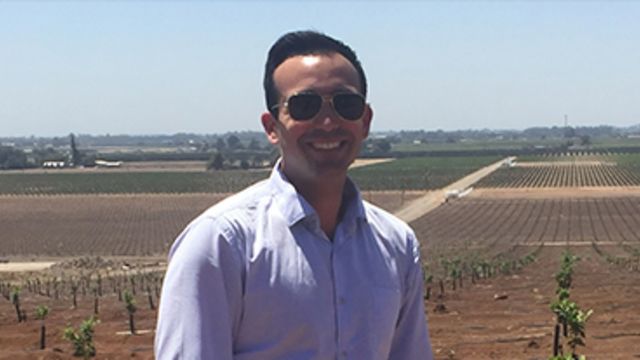Confronting Climate Change
Food & Agriculture
Food & Agriculture
The Green Revolution in the 20th century dramatically increased crop yields and reduced global poverty by half. [25] These life-sustaining advances, which have included the introduction of nitrogen-based fertilizers and clearing of forests for agricultural uses, have also increased greenhouse gas emissions. Food and agriculture is the second largest contributor to climate change. [26]
This sector is also especially vulnerable to climate-change impacts. Farmers are already experiencing more extreme temperatures, increasing droughts and floods, more violent storms, and new plant diseases and insect pests.
The United Nations forecasts that by 2050 the world’s population will grow by more than two billion people, mostly in sub-Saharan Africa and South and Southeast Asia where climate change is expected to worsen conditions for growing food. [27]
Challenge
Enteric fermentation—a natural part of the digestive process of ruminant animals such as cattle—produces methane, a gas about 20 times more damaging that CO2 in terms of its global warming potential. [29]
Modern farming techniques emit CO2 by releasing some of the carbon that is stored in soil and by using fossil fuel-based fertilizers. Rice cultivation produces fermentation, another contributor. Compounding the problem, clearing forests to create land for cattle and cropland eliminates the CO2 absorption that trees provide. [30]
2019 Global Agricultural Emissions

Innovation
Several types of innovations can reduce the sector’s greenhouse gas emissions and facilitate its adaptation to climate change.
- Production innovations such as seeds that require less fertilizer, regenerative agriculture practices, and nutrient management
- Supply chain innovations that reduce food waste and transportation impacts
- New product development innovations that shift demand toward less greenhouse gas emissions-intensive foods, including plant-based alternatives
- Innovations to help food producers adapt to climate change, including drought-resistant and flood-resistant seeds and sustainable agricultural practices
Spotlights

Rachel Raymond

Ndidi Nwuneli

David Perry

Danielle Amirault

Ayr Muir

Katie Hsia-Kiung

David Chan
-
- Tim Folger, “The Next Green Revolution,”National Geographic, 2014, accessed September 13, 2019.
-
- “Food Sector Summary,” Project Drawdown, 2019, accessed October 7, 2019.
-
- The Next Green Revolution,”National Geographic, 2014, accessed September 13, 2019.
-
- “Alternative meat market could be worth $140 billion in 10 years, Barclays says,” MarketWatch, 2019, accessed October 18, 2019.
-
- “Reducing Enteric Methane for improving food security and livelihoods,” Food and Agriculture Organization of the United Nations (FAO), 2019, accessed October 18, 2019.
-
- “Forests and Climate Change,” International Union for Conservation of Nature (IUCN), November 2017.
-
- “Food Regenerative Agriculture,” Project Drawdown, 2019, accessed October 15, 2019.
-
- Rebecca Duff, Michael J Lenox, “Batten Report Path to 2060: Decarbonizing the Agriculture Industry, “Batten Report Path to 2060: Decarbonizing the Agriculture Industry,” University of Virginia Darden School of Business, August 2019.







